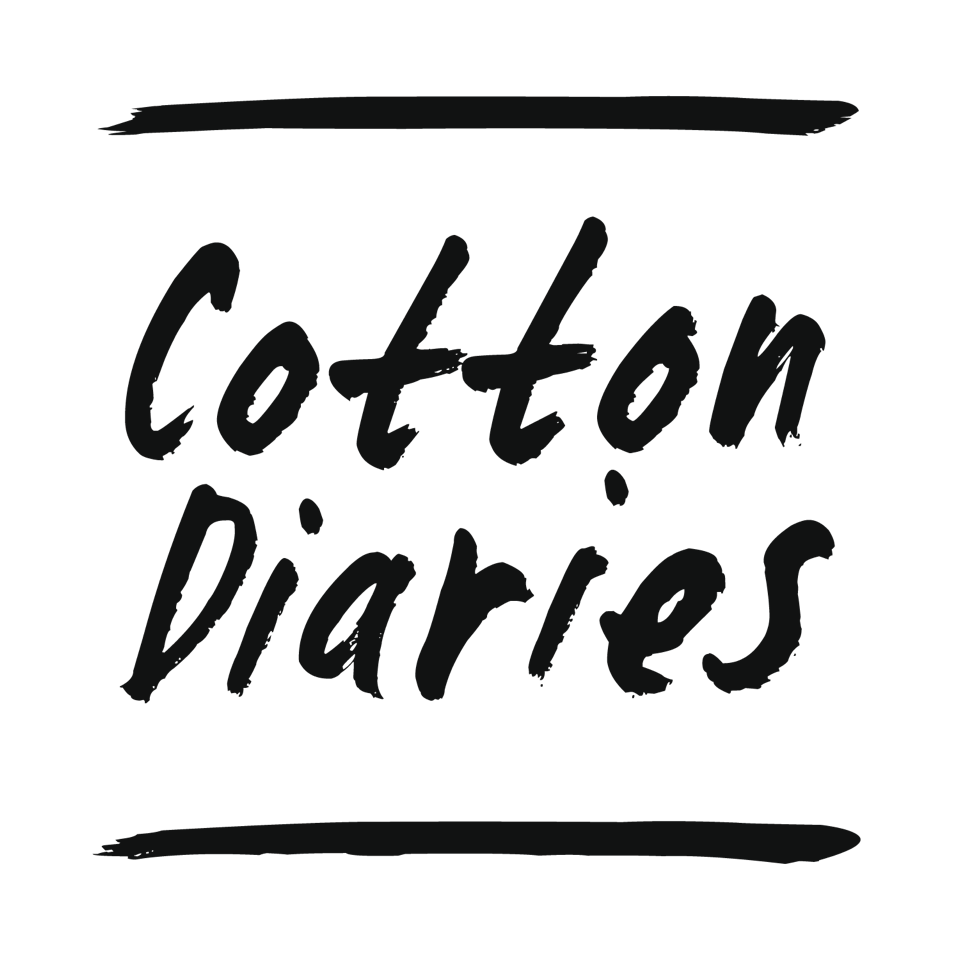“Cotton. It’s the most widely produced natural fibre for textiles, comprising about a quarter of global textile production, and according to the Ellen MacArthur foundation, cotton crops consume about 2.5% of the Earth’s cultivatable land. As we explore the pain points and the possibilities of our material world, Marzia Lanfranchi, founder and director of the Cotton Diaries answers our burning questions on cotton and corrects some big misconceptions.”
COTTON AND WATER
I want to start by noting that there is a common perception that cotton is a “thirsty crop” (also fueled in the UK by the recent Stacey Dooley’s documentary “Fashion Dirty Secrets”).
I only found out this during my travels with Cotton Diaries, because if there was one thing that infuriates cotton technical experts is this “cotton = thirsty crop” myth.
Let’s clarify: yes, cotton requires water (like all crops), but it is actually considered a desert crop, with a deep root system that’s ideal for arid climates. Cotton uses about the same amount of water as other summer crops. It is salinity and drought tolerant and uses less water than rice, maize, soybeans and many vegetable crops.
The key sustainability issues with cotton and water come from management practices: water depletion (irrigated cotton only), soil salinization (generally associated with irrigated cotton) and water pollution, including eutrophication(relevant to both irrigated and rainfed cotton production).
Management practices are often dictated by a number of geography-specific circumstances which include access to water, rain falls & climate, mindset, access to modern technology, finance, state legislation…
The cotton and water issue is something that should not be simplified by the fashion industry and consumers by just switching to an alternative fiber-producing crop, where we might encounter another set of problems.
Let’s put our efforts in producing less but better and save water by breaking silos in our supply chain (from seed to shelf), nurturing deeper understanding and healthy collaboration.

